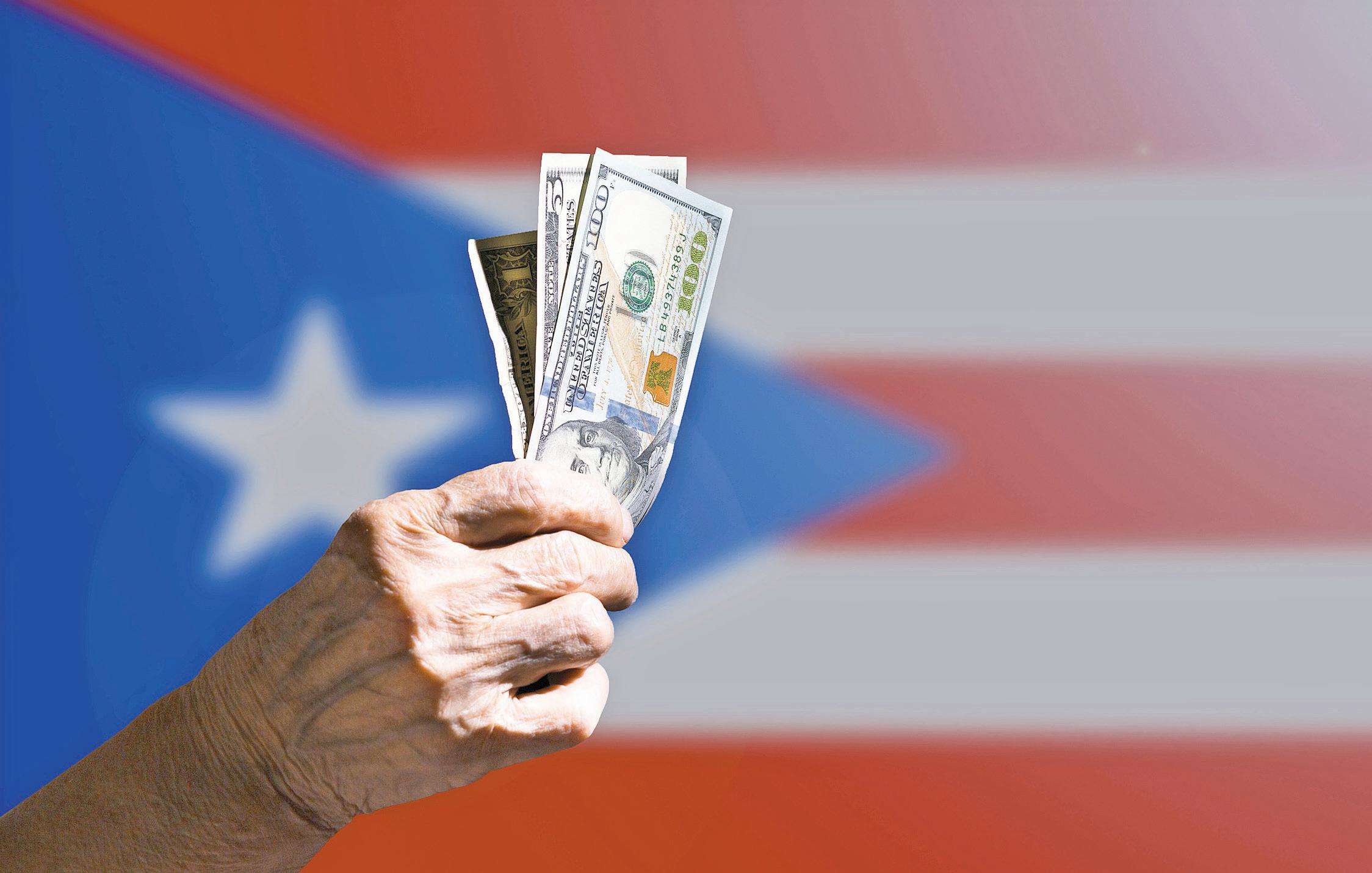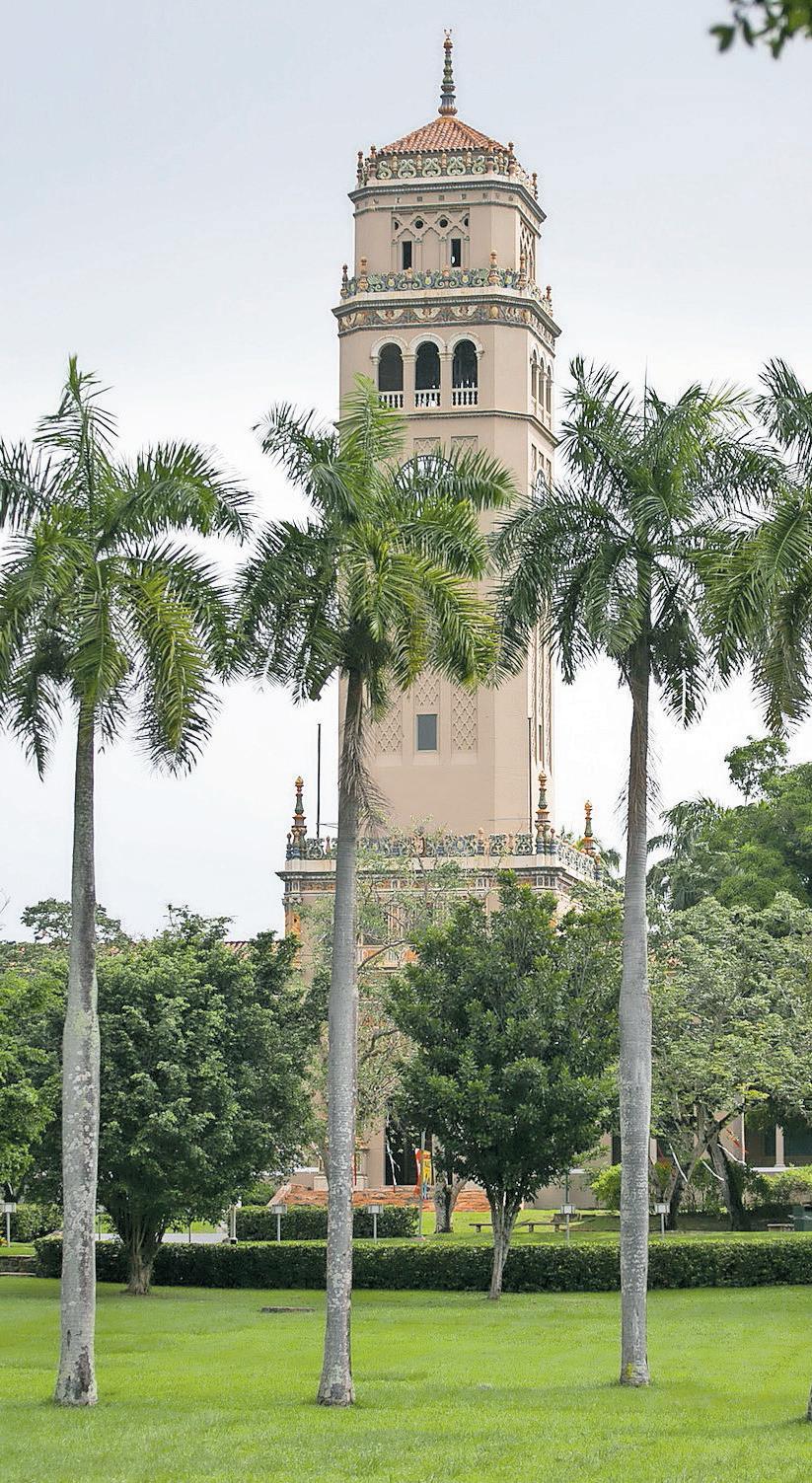
8 minute read
cne evaLuates the pitfaLLs of the adjustment pLan
The Center for a New Economy’s Take on 2022
Think tank experts assess the pitfalls of the FOMB’s Plan of Adjustment
Advertisement
Zoe Landi Fontana, The Weekly Journal
Barely three months in, and 2022 has brought plenty of new developments on both the local and global stages. The Financial Oversight and Management Board’s new Plan of Adjustment (POA), certified on Jan. 27 of this year, is one such development.
The Center for a New Economy, Puerto Rico’s foremost policy think tank, evaluated the highlights of the POA and gave its assessment of the plan’s feasibility – which was not always in line with the FOMB’s nor the current administration’s.
“[We] shouldn’t make the mistake of equating a set of quite disparate and perhaps marginally effective structural reforms with an economic strategy. Simply stated, the structural reforms favored by the FOMB and set forth in the Fiscal Plan are second-order issues and will not generate the economic growth Puerto Rico requires, both for increasing the living standards of its people and to pay off its restructured debt, unless they are embedded or framed within a larger economic strategy or vision,” warned Sergio Marxuach, Director for Public Policy at the CNE.
Debt Restructuring
The POA decreases the Puerto Rico government’s debt obligations by nearly 48%, but total debt relief may not be as high as the FOMB claims because it does not take into account potential recoveries made through payments on the Contingent Value Instruments (CVIs).
The Plan of Adjustment reduced debt services from an annual average of $1.33 billion to $666 million. Additionally, it put into place multiple measures to limit falling further into debt in the future based on the assumption that the island will not borrow for any reason over the next five years.
Medicaid
The CNE does not approve of the Centers for Medicare and Medicaid Services (CMS) interpretation of the Medicaid funding cap provision for Puerto Rico. The new interpretation, under Section 1108(g) of the Social Security Act, raised the allotted cap for FY2022 from $406 million to $2.943 billion.
While the FOMB regards this new interpretation as a long-term solution to provide Medicaid funding to the island, the CNE does not agree, referring to the fact that the CMS letter is not a binding administrative order.
Sergio Marxuach Director for Public Policy, CNE

made up of the System 2000 Settlement ($1.376 billion, one time), Fiscal Year 2022 Deposit to Pension Reserve Trust ($1.420 billion), and PayGo payments to current retirees ($2.350 billion).
The Fiscal Plan prevents an 8.5% reduction in pension benefits for current retirees and will create a pension reserve trust to ensure that beneficiaries will continue to be supported regardless of the island’s economic situation. This reserve trust is to be funded by contributions of current government workers and a formula based on the Commonwealth’s expected annual surpluses, at a rate of $1.03 billion annually for the next decade, according to the FOMB.
The CNE points out that pension related payments will be in the neighborhood of $3 billion, thus becoming the largest single General Fund expenditure item during the next decade. It is Marxuach’s understanding that this $3 billion payment represents the price the people of Puerto Rico will have to pay for “decades of mismanagement, for the many years government agencies failed to make the required pensions contributions and for the multiple times the central government ‘borrowed’ from the retirement fund and never repaid the ‘loan’.” Marxuach also emphasized this should not be construed as an argument in favor of reducing pension benefits.
It must be noted that PayGo plans, unlike defined-benefit plans, there is no guarantee of how much money employees will get at the moment of their retirement. university’s budget was reduced by 48% - from $911 million in 2017 to $466 million in 2022.
“[If] the FOMB is really counting on improving human capital in Puerto Rico as an engine for growth in the future, then dismantling the UPR
is outright counterproductive. Therefore, we recommend that, if the projected savings in the Commonwealth’s contribution to the operation of the Medicaid program are, in fact, realized, at least a portion of the funds that become available to the Commonwealth be allocated to the University of Puerto Rico,” stated Marxuach.
Six issues To watch In 2022
How the new Plan of Adjustment ends up playing out is dependent on global trends as well as local. With that in mind, here are six themes that the CNE will be keeping its eye on in 2022. 1) Covid-19. The pandemic still affects everyday In fact, life, and scientists are uncertain as to when it will become endemic like the flu. For the time being, it could continue to develop and present further challenges. The University 2) Puerto Rico’s debt restructuring. of Puerto Rico is “Everything depends on jumpstarting economic facing the largest growth,” said Marxuach. budget cuts of all, 3) Post-Hurricane María Reconstruction. in comparison to This year will see federal spending in action on other government reconstruction projects, especially in the housing agencies. and energy sectors. 4) The U.S. Mid-term Elections. Any pending federal legislation to increase federal spending in Puerto Rico could be jeopardized if the Republicans, as forecasted, take control of a Congressional chamber. The CNE recommends that Puerto Rico aggressively push its agenda in Washington D.C. before the summer break. 5) Inflation. Consumer prices continue to rise at rates not seen in decades, the mitigation of which depends on the Fed’s monetary policies. 6) Geopolitics. Even prior to Russia’s invasion of Ukraine, the Council on Foreign Relations’ most recent Preventative Priorities Survey found that there was “…an alarming trend: severe food shortages, diminished foreign aid, political instability, and deteriorating economic conditions are accelerating humanitarian and refugee crises around the world.”
University Of Puerto Rico
The University of Puerto Rico is facing the largest budget cuts of all, in comparison to other government agencies. From 2017 to 2022, enrollment has dropped by 23%, a number that some cite as justification for the reduction in UPR’s General Fund. The CNE, however, does not agree because while enrollment decreased by 23%, the


What Makes Women the Cornerstone of Homes and Offices?
Women shoulder unpaid labor at home and emotional labor at work
Zoe Landi Fontana, The Weekly Journal
Over the past few years, working women with school-age or younger children have been disproportionately negatively affected by the COVID-19 pandemic, according to the Organisation for Economic Co-operation and Development’s (OECD) 2020 Risks that Matter (RTM) survey.
The report found that due to school and childcare facilities closures, mothers were three times more likely than fathers to take on the majority of unpaid care work. Conversely, RTM 2020 data showed that in cases where the father was unemployed, but the mother was employed, he did not complete any more household work.
Dynamics like these contribute to the ever-perpetuated myth that women are unfit for career promotions and senior leadership positions because of their inability to balance a full-time career with child-rearing.
Burnout In The office
For women who remain in the workplace stress is at an all-time high.
According to McKinsey’s Women in the Workplace 2021 research, the burnout gap between women and men has nearly doubled in the past year. In 2021, 42% of women said they had been often or almost always burned out, compared to 32% a year before.
In addition to the burden of responsibilities and caretaking at home, women in the workplace play an essential role in mitigating burnout and fatigue for their colleagues – a phenomenon called “office housekeeping”.
“The role that they’re playing is really instrumental, frankly, to keep a lot of companies going. Women senior leaders do more to help their employees navigate work-life challenges, relative to their male peers. Similarly, they spend that additional time helping manage workloads, and they’re 60% more likely to be focusing on emotional support,” explained Alexis Krivkovich, Senior Partner at McKinsey & Company. Women’s emotional labor in the workplace is taken for granted. While almost 70% of companies agree that the work employees do to support employee well-being is extremely critical, less than a quarter actually recognize this work in formal evaluations, like performance reviews. Women in senior leadership are outnumbered by men two to one, yet employees are equally likely to say that both women and men leaders have supported them in their careers. What this means is that women in senior leadership take on roughly double the mentorship and sponsorship load as men leaders do.
Steps forward
From a social policy perspective, government leaders should invest more in improving the
In fact, quality of public childcare, education, and outof-school support. According to the OECD, social policies to increase the length, and incentivizing While the use of fathers’ parental leave would also almost 70% of facilitate gender mainstreaming. Gender companies agree that mainstreaming is a strategy of implementing the work employees public policies with a gender equality perspective do to support at each stage in the process. employee well-being Companies need to ensure that they apply the is extremely critical, same best practices across hiring and performance less than a quarter reviews, focusing on reducing bias in hiring. They actually recognize also need to track representation throughout this work in formal the company in order to determine at what rates evaluations, like women, and especially women of color, are performance reviews. being hired and promoted compared to other employees. “Very often I hear from male leaders, ‘well I’m not sure if I’m the right person to support this woman of color because I don’t have that experience. I won’t know what it’s like to be a mother, to be Hispanic, in some cases to have a disability, or some other form of intersectionality as well’. And my answer’s always, ‘if you are a leader, you are the person because if you don’t, then you leave all of that to someone else, and, disproportionately, what we see, to women,” said Krivkovich.




